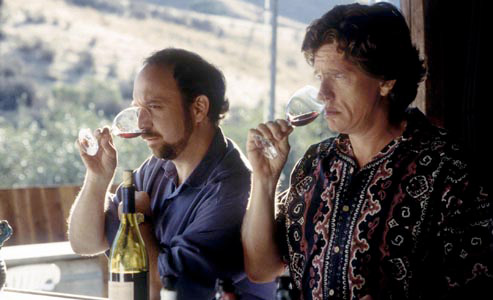Wine Tasting
What are you looking for in evaluating wine? Appearance first, then smell, impression in the mouth, total flavor in the mouth, and aftertaste.Appearance consists of a wine's clarity and its color. As red wines age they fade, going from deep purple to, eventually, a brick color, whereas white wines grow darker.

Our centers for smell are located right next to our memory centers. One good whiff of a wine that has been swirled in the glass a couple times should evoke distinct memories - of honey, flowers, mushrooms, citrus, butter, for example - it will also remind you that you've had this wine before, or alert you to the vinegary or moldy scent of a bad wine. First impressions are crucial here and far more reliable than subsequent sniffs. Based on appearance and smell, you now have enough information to determine a wine's overall quality and age.
Tasting the wine fills in some blanks, mainly with regard to a wine's "balance." Take a generous sip and swirl it in your mouth. The weight of the wine in your mouth will tell you whether it's light-, medium- or full-bodied. It also tells you how much sweetness, acidity, alcohol and tannin it contains. The object is for these elements to harmonize pleasantly. If one element is dominant, a proficient taster will know whether that imbalance is a flaw, or is acceptable in the wine being tasted. (A young red wine might be overly tannic but with definite fruitiness, suggesting that in a few years the tannin will have been moderated by the fruit; in this case too much tannin is perfectly acceptable.) The ultimate moment in tasting is just before the wine is swallowed, when the vapors hit the upper nasal cavities.
